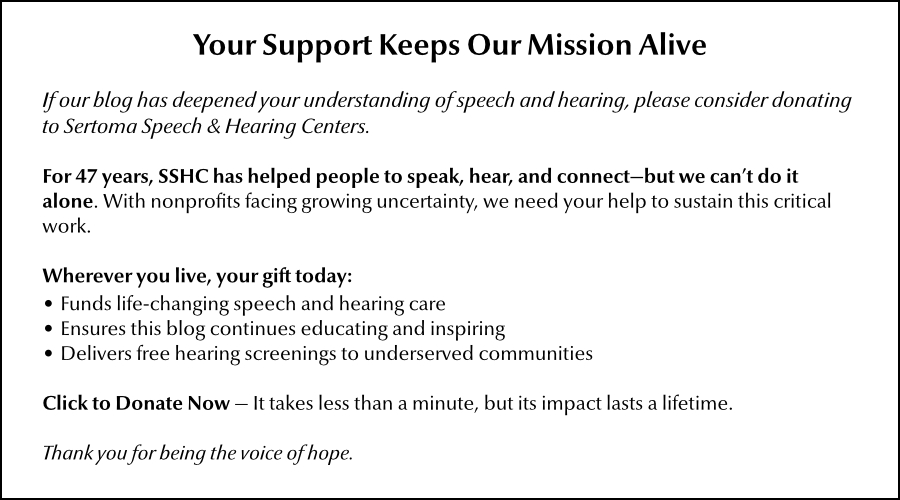The Shocking Ways Women's Brains Are More Vulnerable To Alzheimer’s
Women already face twice the lifetime risk of Alzheimer’s disease as men. New research shows that every day, fixable risks—like poor sleep or skipped exercise—hit women’s thinking skills harder and earlier in life.
Why it matters
Six of the 14 major modifiable dementia risks are more common in women, and their impact on memory, recall, and numeracy is measurably worse.
The sooner these risks are tackled, the more brainpower stays intact.
The study
- Led by Megan Fitzhugh, PhD of the University of California, San Diego, the team tracked 17,182 adults ≥40 in the national Health and Retirement Study.
- 1 in 5 women will develop Alzheimer’s vs. 1 in 10 men.
- Hearing loss alone drives 7 % of dementia risk—yet hurts women’s cognition far more than men’s.
- The risk factors were drawn from the Lancet Report on Dementia Prevention (14 modifiable factors).
Details
- Women lead men in six risks: physical inactivity, depression, smoking, poor sleep, low education, and poor vision.
- Men show higher rates of only three: hearing loss, diabetes, and heavy alcohol use.
“The line for men is relatively flat, so their cognition is really the same if they have diabetes or not, but for women, if they have diabetes, cognition is much lower compared to women who don’t have diabetes.” —Megan Fitzhugh, PhD, University of California, San Diego

Zoom in: diabetes and hearing loss
- Diabetes: It barely dents men’s test scores; women with diabetes drop sharply.
- Hearing loss: More men have it, but women lose far more mental speed once it starts.
The context of age
- Middle age (40-59): Poor sleep hits women hardest—right when menopause kicks in.
- 60-79: Hearing aids matter most for women.
- 80+: In women, only low education keeps dragging scores down; in men, only smoking matters.
Assumptions, assumptions
- Many blame biology alone for women’s higher dementia risk.
- This study flips the script: everyday lifestyle choices play an outsized role.
“Clinicians should familiarize themselves with the 14 identified modifiable risk factors, and if their patients have these risk factors, consider their sex and age, and try to target the behavior changes accordingly to minimize the impact on cognition and dementia risk.” —Dr. Megan Fitzhugh
The takeaway
- Physicians should check the 14 risk factors, then tailor fixes to a patient’s sex and stage of life.
- For women, this means screening for sleep in midlife and fitting hearing aids earlier, not later.
The bottom line
Modifiable risks are not equal-opportunity threats. Target the right ones at the right age, and women can still tilt the odds in their favor.
Healthy hearing starts here
Learn about the health of your hearing with a free 15-minute hearing screening by an audiologist.
★ Call 708-599-9500 to schedule your free screening.
★ For facts about hearing loss and hearing aid options, grab your copy of The Hearing Loss Guide.
★ Sign up for our newsletter for the latest on Hearing aids, dementia triggered by hearing loss, pediatric speech and hearing, speech-language therapies, Parkinson's Voice therapies, and occupational-hearing conservation. We publish our newsletter eight times a year.
Don't let untreated hearing loss spoil your enjoyment of life.


